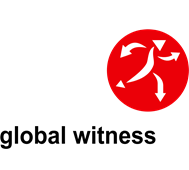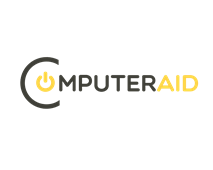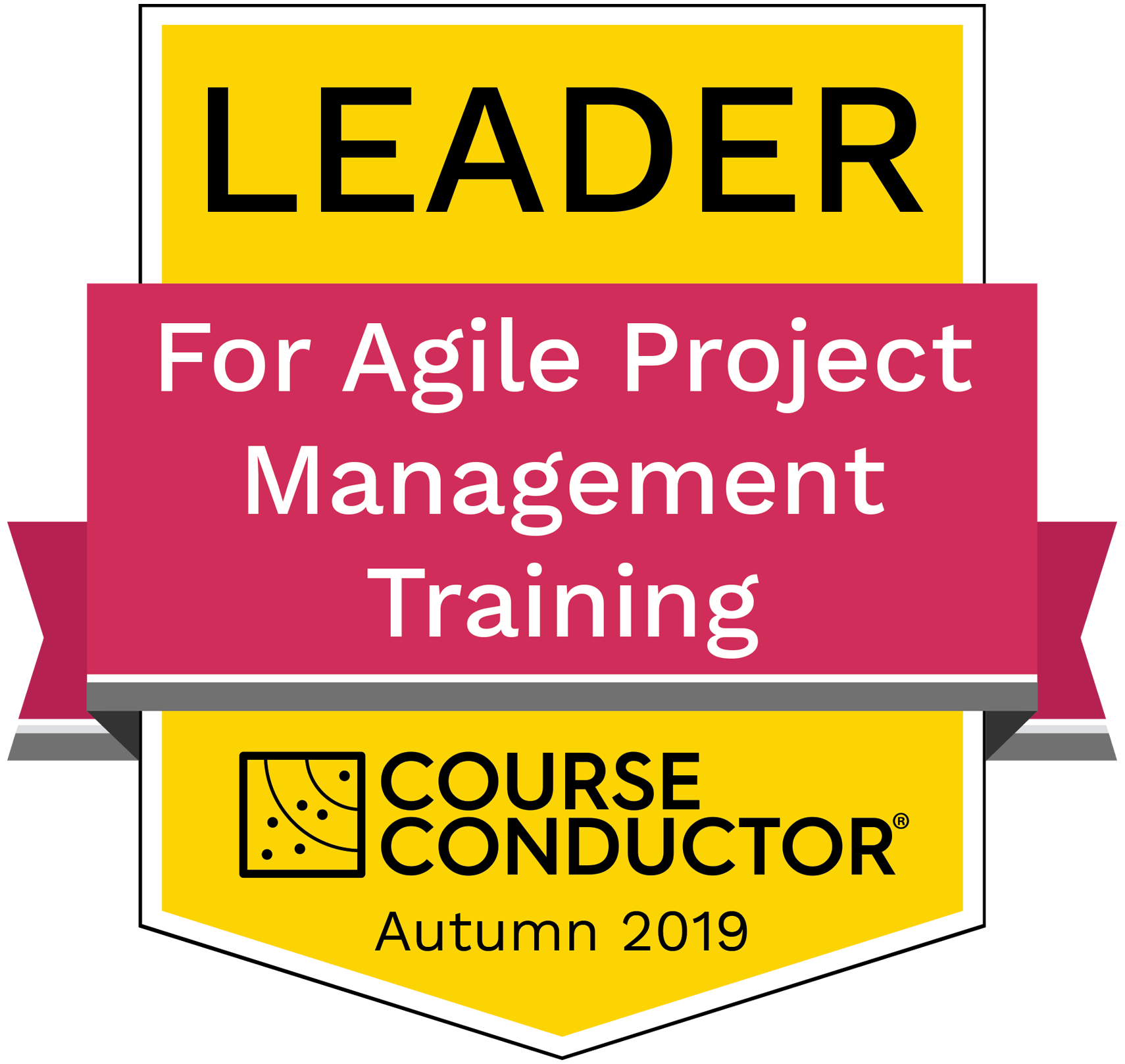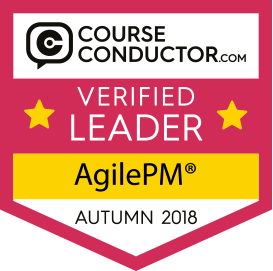
Introduction
In the modern business environment, effective project management is crucial for success. A project management methodology is a structured approach to planning, executing, and controlling projects. It provides a framework for teams to achieve their goals efficiently.
Selecting the appropriate methodology is vital for several reasons as it should align with your team’s strengths and project requirements, enhances communication and collaboration, improves resource allocation and risk management and increases the likelihood of project success.
This comprehensive guide explores various project management methodologies, including:
- Traditional approaches like waterfall
- Agile methodologies such as Scrum and Kanban
- Lean project management principles
- Hybrid and adaptive frameworks.
We’ll examine the strengths and weaknesses of each method, helping you make an informed decision for your next project. By understanding these methodologies, you’ll be better equipped to lead your team to success.
Core project management philosophies
Project management methodologies can be broadly categorised into two main philosophies: linear and iterative. Understanding these core approaches is essential for selecting the most suitable method for your project.
Linear (Waterfall) approach
Description and key principles
The Waterfall approach follows a sequential, linear progression through distinct project phases. Each phase must be completed before moving to the next. Key principles include detailed upfront planning, clear documentation at each stage, rigorous change control processes and emphasis on following a predetermined path.
Advantages and disadvantages
Advantages:
- Clear structure and milestones
- Well-defined deliverables
- Easier to estimate costs and timelines.
Disadvantages:
- Limited flexibility for changes
- Late detection of issues or misalignments
- Potentially lengthy development cycles.
Iterative (Agile) approach
Description and key principles
Agile methodologies focus on flexibility, collaboration, and rapid delivery of working products. Key principles include iterative development cycles (sprints), continuous feedback and adaptation, close collaboration with stakeholders and prioritisation of delivering value early and often.
Advantages and disadvantages
Advantages:
- Adaptability to changing requirements
- Early and frequent delivery of usable products
- Improved stakeholder satisfaction
- Faster identification and resolution of issues.
Disadvantages:
- Potential for scope creep
- Challenges in estimating overall project timelines
- Requires highly skilled and self-motivated team members.
Choosing between linear and iterative approaches depends on various factors, including project complexity, stakeholder involvement, and team capabilities. Some projects may benefit from a hybrid approach, combining elements of both philosophies to leverage their respective strengths.
Traditional project management methodologies
Traditional methodologies have been the backbone of project management for decades. These approaches provide structured frameworks for planning, executing, and controlling projects.
Waterfall
Process and stages
The Waterfall methodology follows a linear, sequential approach with distinct phases:
- Requirements gathering
- Design
- Implementation
- Testing
- Deployment
- Maintenance.
Each phase must be completed before moving to the next, ensuring thorough documentation and clear milestones.
Best use cases
Waterfall is particularly effective for construction projects, manufacturing processes, large-scale infrastructure developments and projects with well-defined, unchanging requirements.
Pros and cons
Pros:
- Clear structure and timeline
- Easy to understand and manage
- Detailed documentation at each stage.
Cons:
- Limited flexibility for changes
- Late identification of issues
- Potentially lengthy development cycles.
Critical Path Method (CPM)
Key concepts and implementation
CPM is a technique for scheduling project activities. It involves identifying all required tasks, determining task dependencies, calculating the longest path of planned activities and establishing the minimum time needed to complete the project.
Suitable projects and industries
CPM is well-suited for construction projects, product development, research initiatives and event planning.
PRINCE2 (PRojects IN Controlled Environments)
Framework overview
PRINCE2 is a process-based method focusing on organisation and control. Key features include divided into manageable stages, defined roles and responsibilities, product-based planning approach and emphasis on business justification.
When to use PRINCE2
PRINCE2 is ideal for large-scale government projects, IT implementations, business transformations and projects requiring strict governance.
Project Management Body of Knowledge (PMBOK)
Core principles and processes
PMBOK is a comprehensive guide offering best practices across five process groups:
- Initiating
- Planning
- Executing
- Monitoring and Controlling
- Closing.
It also covers ten knowledge areas, including scope, time, cost, and quality management.
Applications in various industries
PMBOK principles are applicable across numerous sectors including information technology, healthcare, finance and banking, engineering and construction and education.
These traditional methodologies provide robust frameworks for managing projects. They excel in situations where requirements are well-defined, and stability is prioritised over flexibility. However, they may struggle in rapidly changing environments or when frequent stakeholder feedback is crucial.
When selecting a methodology, consider your project’s specific needs, team capabilities, and organisational culture. Some projects may benefit from combining elements of different approaches to create a tailored solution.
Agile project management methodologies
Agile methodologies prioritise flexibility, collaboration, and rapid delivery of value. These approaches have gained significant popularity, especially in software development and other dynamic industries.
Scrum
Roles, events, and artifacts
Scrum is a lightweight framework that helps teams work together effectively. It consists of:
| Roles | Events | Artifact |
| Product Owner | Sprint Planning | Product Backlog |
| Scrum Master | Daily Scrum | Sprint Backlog |
| Development Team | Sprint Review | Review Increment |
| Sprint Retrospective |
Sprint planning and execution
Scrum operates in time-boxed iterations called Sprints, typically lasting 1-4 weeks. The team commits to delivering a set of features during each Sprint.
Benefits and challenges
Benefits:
- Improved product quality
- Increased stakeholder satisfaction
- Better team collaboration.
Challenges:
- Requires cultural shift
- Potential for scope creep
- Difficulty in estimating long-term projects.
Kanban
Visualising workflow with Kanban boards
Kanban uses visual boards to represent work items as they move through various stages of completion.
Principles of Kanban
Key principles include:
- Visualise the workflow
- Limit Work In Progress (WIP)
- Manage flow
- Make process policies explicit
- Implement feedback loops.
Industries benefiting from Kanban
Kanban is versatile and can be applied in various sectors like software development, marketing and design, human resources and manufacturing.
Extreme Programming (XP)
Key practices and values
XP emphasises technical excellence and customer satisfaction. Core practices include pair programming, test-driven development, continuous integration and small, frequent releases.
Best scenarios for XP implementation
XP is particularly effective for projects with changing requirements, small to medium-sized development teams and environments that value close collaboration with customers.
Crystal
Family of methodologies
Crystal is a family of Agile methodologies, including:
- Crystal Clear
- Crystal Yellow
- Crystal Orange
- Crystal Red.
Each variant is tailored to different team sizes and project criticality.
Core principles and adaptability
Crystal methodologies focus on frequent delivery, reflective improvement, osmotic communication, personal safety and focus.
The framework is highly adaptable, allowing teams to customise their approach based on project needs.
Feature Driven Development (FDD)
Five processes of FDD
FDD consists of five main processes:
- Develop an overall model
- Build a features list
- Plan by feature
- Design by feature
- Build by feature
Advantages for client-focused projects
FDD offers several benefits for client-centric projects:
- Regular, tangible progress
- Early detection of errors
- Accurate status reporting
- Scalability for larger projects.
Agile methodologies offer numerous advantages, including increased flexibility, faster delivery of value, and improved stakeholder satisfaction. However, they also present challenges, such as the need for cultural change and potential difficulties in long-term planning.
When considering an Agile approach, evaluate your team’s skills, project requirements, and organisational culture. Some projects may benefit from combining elements of different Agile methodologies or even blending Agile with traditional approaches.
Remember that successful implementation of any Agile methodology requires commitment from the entire team and support from management. Continuous learning and adaptation are key to maximising the benefits of Agile project management.
Lean project management
Origins and principles of lean
Lean methodology originated in manufacturing, specifically Toyota’s production system. Its core principle is maximising customer value while minimising waste. Lean thinking has since been adapted to various industries, including project management.
Key principles of Lean include:
- Identify value
- Map the value stream
- Create flow
- Establish pull
- Seek perfection.
Eliminating waste in project management
Lean project management focuses on identifying and eliminating eight types of waste:
- Defects
- Overproduction
- Waiting
- Non-utilised talent
- Transportation
- Inventory
- Motion
- Extra-processing.
By reducing these wastes, teams can improve efficiency and deliver more value to stakeholders.
Lean Six Sigma
Combining Lean and Six Sigma methodologies
Lean Six Sigma integrates Lean principles with Six Sigma’s data-driven approach to quality improvement. This combination aims to reduce waste and variation in processes.
DMAIC process
Lean Six Sigma projects follow the DMAIC process:
- Define: Identify the problem and project goals
- Measure: Collect data on the current process
- Analyse: Identify root causes of problems
- Improve: Implement and verify solutions
- Control: Maintain the improved process.
This structured approach helps teams systematically improve processes and reduce variability.
Lean project management offers a powerful framework for optimising project delivery. By focusing on value creation and waste reduction, teams can achieve better results with fewer resources. When combined with Six Sigma, Lean principles provide a comprehensive toolkit for continuous improvement in project management practices.
Hybrid and adaptive methodologies
As project management evolves, hybrid and adaptive approaches have emerged to address complex and dynamic project environments. These methodologies combine elements from various frameworks to create flexible, tailored solutions.
Scrumban (Scrum + Kanban)
Combining Scrum and Kanban principles
Scrumban merges Scrum’s structured sprints with Kanban’s visual workflow management. This hybrid approach retains Scrum’s iterative nature while incorporating Kanban’s continuous flow.
Benefits of the hybrid approach
Scrumban offers several advantages:
- Improved workflow visualisation
- Increased flexibility in task management
- Enhanced team collaboration
- Better handling of unexpected changes.
Dynamic Systems Development Method
(DSDM)Structured Agile approach
DSDM provides a comprehensive framework for Agile project delivery. It emphasises early and continuous delivery of business value.
MoSCoW prioritisation technique
DSDM utilises the MoSCoW method for prioritising requirements:
- Must have
- Should have
- Could have
- Won’t have this time.
This technique ensures focus on essential deliverables within time constraints.
Adaptive Project Framework (APF)
Flexibility in uncertain environments
APF is designed for projects with high levels of uncertainty. It allows for continuous adaptation as new information becomes available.
Key components of APF
APF consists of five stages:
- Project scope
- Cycle plan
- Cycle build
- Client checkpoint
- Post-cycle review.
These stages promote iterative development and frequent stakeholder involvement.
Hybrid and adaptive methodologies offer tailored solutions for complex projects. By combining elements from various approaches, teams can create flexible frameworks that address specific project needs and organisational cultures.
Choosing the right project management methodology
Factors to consider
- Project complexity and size: Larger, more complex projects may require structured approaches like waterfall or PRINCE2.
- Team size and expertise: Agile methods often work well for smaller, skilled teams.
- Industry standards and requirements: Some sectors have specific methodological preferences or regulations.
- Stakeholder involvement: High stakeholder engagement may benefit from iterative approaches like Scrum.
- Risk tolerance and adaptability: Projects with uncertain requirements might suit adaptive methodologies.
Importance of organisational culture fit
The chosen methodology should align with your organisation’s values and working style. A mismatch can lead to resistance and reduced effectiveness.
Remember, no single methodology is universally superior. Assess your project’s unique needs and be prepared to adapt your approach as circumstances change.
Conclusion
Recap of key methodologies
We’ve explored a range of project management methodologies, from traditional approaches like waterfall to PRINCE2 and Agile frameworks such as Scrum and Kanban. Hybrid methods like Scrumban offer flexible solutions for complex projects.
Importance of continuous learning and adaptation
The field of project management is constantly evolving. Successful project managers must stay informed about new methodologies and best practices. Adapting your approach based on project requirements and team dynamics is crucial.
Remember, no single methodology is perfect for all situations. The key to success lies in understanding various approaches and selecting the most appropriate one for each unique project.
FAQs
What is the difference between Agile and Waterfall methodologies?
Agile is iterative and flexible, while Waterfall is linear and sequential.
How do I know which project management methodology is best for my team?
Consider project complexity, team size, industry standards, and organisational culture.
Can I combine different project management methodologies?
Yes, hybrid approaches like Scrumban combine elements from multiple methodologies.
What are the key benefits of using an Agile methodology?
Agile offers increased flexibility, faster delivery, and improved stakeholder satisfaction.
How does Lean project management differ from traditional approaches?
Lean focuses on eliminating waste and maximising value, while traditional methods emphasise planning and control.
What role does software play in implementing project management methodologies?
Software tools support methodology implementation by facilitating communication, task tracking, and resource management.
How often should I reassess my chosen project management methodology?
Regularly evaluate your methodology’s effectiveness, especially at project milestones or when facing new challenges.
Remember, the best methodology is the one that works for your specific project and team. Be prepared to adapt and refine your approach as needed.
Infographic









